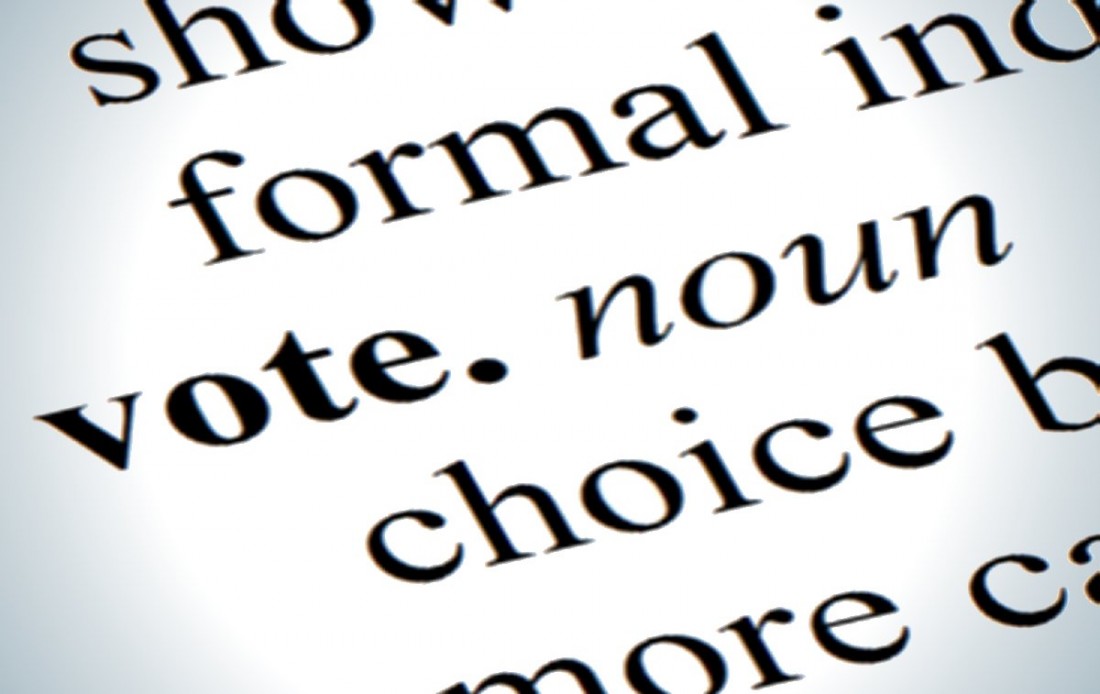Presidential primaries: What voters need to know

The results of the Iowa caucus and New Hampshire primary are in, and the race to the White House is intensifying. Here are some important things to consider before the Texas primary on March 1.
Iowa caucus results
Ted Cruz was the majority winner for the Republican Party at the Iowa caucus, held Feb. 1, with a 2 percent vote. Donald Trump fell short of the lead with a 24 percent vote, and Marco Rubio trailed close behind Trump at 23 percent. Ben Carson fell behind the other Republican candidates at nine percent.
Hillary Clinton and Bernie Sanders finished neck-and-neck at the caucus, securing 50 percent of the Democratic votes each. Hillary led the polls with 701 official votes tallied while Sanders came in at 697, giving Hillary a slight advantage in Iowa.
How does the Iowa caucus work?
Designated sites are set up throughout Iowa in different precincts. The sites are typically at a school or gymnasium, where a large crowd can gather comfortably. Voters and supporters arrive at the sites, some decided and some undecided about how to vote. Representatives of the candidates come to the caucus sites to rally for who they want to be president and try to persuade voters to join their candidate’s team.
The Republican caucus is pretty straight forward. Representatives for the candidates give a speech trying to persuade voters and supporters to vote for their candidate. After the speeches are done, voters write their pick on a piece of paper. The votes are then collected and tallied.
The Democratic caucus is comparatively more complicated. At the designated precinct site, a selected precinct captain gathers all interested parties in one room and does a head count. Voters and supporters break off into desired groups based on the candidate they support. Once this is done, the viability threshold comes into play. What this means is that if your group falls short of 15 percent of the total head count you must persuade others to join your group, join another group yourself or stay undecided. After the groups are determined, voters and representatives continue to try and persuade one another to join their team until no more delegation time remains. When the time limit is reached, voters cast their ballot, and the votes will then be tallied to determine the percentage of delegates each candidate will receive from the state.
Confused on how the Iowa primary was won? You’re not alone. Check out these videos for some quick tips on understanding how a caucus and primary work.
So how does a primary work?
Primaries are either open or closed.
In an open primary, a registered voter can submit a vote regardless of their, affiliation. For example, a voter registered as a Democrat could vote Republican, and a registered Republican voter could vote Democrat.
In a closed primary, registered voters can only vote for members of the party in which they are registered.
“If you are registered as a Democrat, you can’t vote Republican,” said Sandy Samaan, biology major.
Texas has a semi-open voting system allowing voters to register without choosing an affiliated party.
“The Texas system is called a semi-open system,” said Se-Hyoung Yi, assistant professor of political science. “Texas voters do not register as Democrats or Republicans, so when they go to the polls they can freely choose either the Republican ticket or the Democratic ticket. However, voters cannot vote across party lines.”
Why should Texas voters care about the Iowa caucus and the primaries in other states?
With any primary or upcoming general election, voters consider the results and patterns of other states. The results of other primaries can have a significant impact on how voters choose a candidate. Iowa was the first state to hold a caucus and vote, followed by the New Hampshire primary, which occurred Feb. 9.
The New Hampshire primary results were significantly different than the results of the Iowa caucus. Three of the Republican candidates secured the majority vote while the others were left falling way behind. Trump lead the Republican polls with a 35 percent vote, John Kasich took 15 percent of the vote and Cruz finished with 11 percent. As for the Democratic Party, Sanders took a very strong lead with a 60 percent vote while Hillary secured 38 percent.
With the Nevada primary quickly approaching on Feb. 20, voters should be aware of the dates for upcoming primaries in their state.
“Candidates that win in other states or are at least popular, have some kind of influence on how Texas voters will vote,” Samaan said.
Why is the Texas primary important?
Although Iowa was the first to vote in the 2016 primaries, Texas has a chance to make a significant impact if voters show up and cast their votes.
“Texas isn’t going to get the concentrated attention that Iowa or New Hampshire gets, but it’s the biggest state to vote on March 1,” said Cal Jillson, professor of political science at Southern Methodist University and the Dean of Texas Political Analysts.
Texas isn’t known for being a high voting state. The voter turnout is consistently low.
“Texas is the lowest voting state in the country,” Jillson said, “Texans are not very active voters.”
The voter registration deadline for the March 1 Texas primary has already passed. Registration to vote for the general election in November is still open and it will close Oct. 11.
“For decades, almost all GOP candidates who won Texas presidential primaries made their candidacy for general elections,” said Yi, “Hence, the result of Texas primary will indicate which candidate will get nominated by the Republican Party in the end.”
Texas is predominantly a Republican state, but there are Democratic supporters too. Texas voters who support Cruz will be looking for him to lead the polls at the March 1 primary since he is a fellow Texan, but the remaining Republican and Democratic candidates will come to Texas ready to battle.
“Texas is likely to support a Republican candidate even though we have a lot of Democrats,” Jillson said. “The key take away for Texans is to get out and vote.”
Pay attention
Each candidate brings a set of skills, ideas and opinions different from the rest. Winning the primaries will determine which candidate will run for each party.
“Most people respond to elections in the way they respond to buying a new shirt: they go in the store at the last minute and pick the shirt they think would look best on them,” Jillson said.
Voting is a right granted to eligible voters by the United States Constitution. It is a right and privilege to vote.
“Democracy calls for active participation and engagement, even if it sometimes requires citizens to sacrifice their time and energy,” Yi said. “Let’s not forget that we citizens decide our country’s path, and voting is one of the most effective ways to show our will.”
OTHER LINKS OF INTEREST
INTERACTIVE GRAPHIC: Where does your candidate stand?
Written by: Angela Taylor-Wilson
A visual infographic that displays the 2016 presidential candidates’ stances on certain issues in the upcoming election. READ MORE
Register to vote: Put up or shut up
Written by: Priscilla Juarez
Don’t be like Jorge, make a difference by exercising your right to vote. Students need to register by Feb. 1 to vote in this year’s election. READ MORE
INTERACTIVE GRAPHIC: The facts of voter apathy
Written by: Monica Luna
Voter apathy is ironic, considering that all elections are important because it determines the course of the future for the American people. READ MORE

